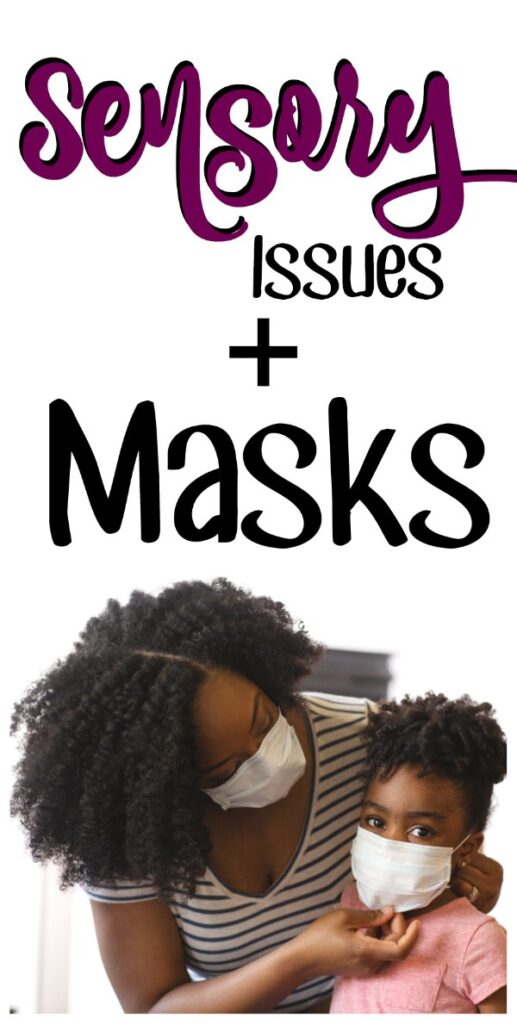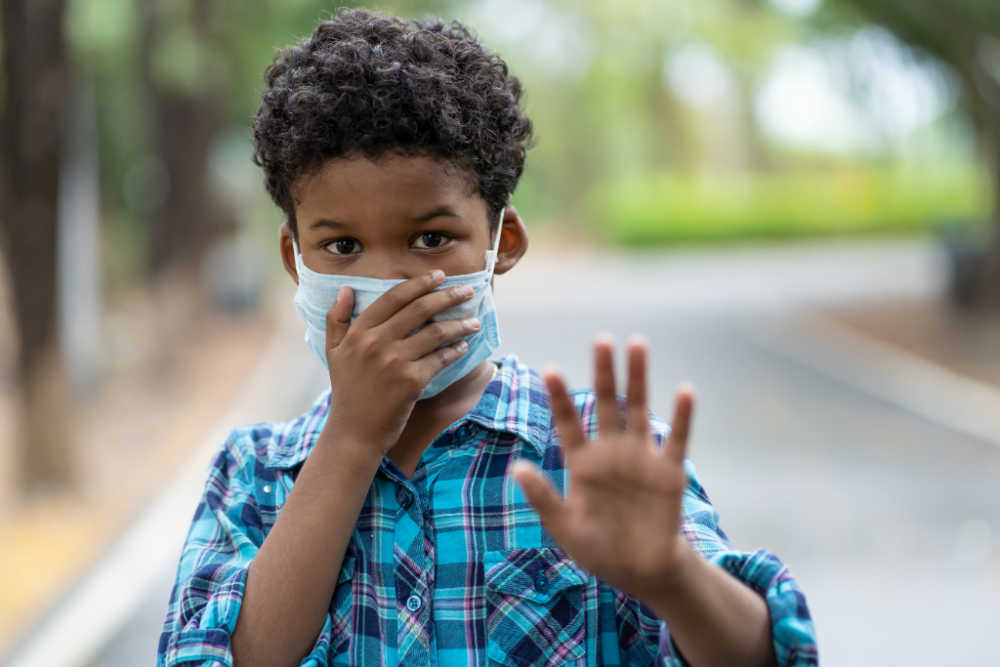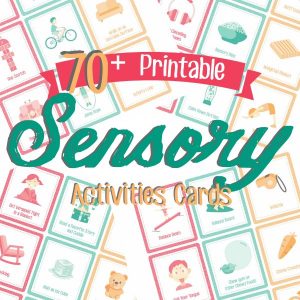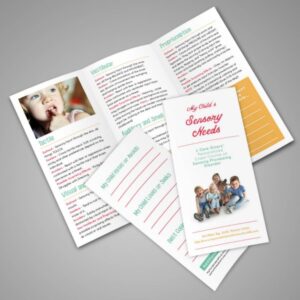The country is starting to open back up, but not everything is back to normal. Not by a long shot.
One new staple in 2020 life is the mask.
While people rage over the politics and science behind masks, parents of kids with sensory issues have an added challenge… Can you even get your child to wear a mask without having a sensory meltdown?
While staying home is safest, it’s not practical to expect sensory kids to never get to go out in public.
And what about school?!?! Not everyone can homeschool (though homeschooling a child with sensory differences has a lot of advantages!) or virtual school.
 This post contains affiliate links for your convenience. Please read my full disclosure policy HERE.
This post contains affiliate links for your convenience. Please read my full disclosure policy HERE.
Y’all we’re between a rock and a hard place here. I can’t guarantee that your kids will love masks, but here are a couple ideas based on what I know about sensory processing disorder.
Mask Types
First, let’s talk about the mask it self. There are lots of different options out there, so try and find the one that’s most comfortable for your kiddo.
Consider the Fabric
Not only will a mask be touching the highly sensitive face and mouth area, but these masks will be hot and mostly likely a little moist after wearing for a while. Try and find a fabric that is least bothersome. If you find a mask that fits well but feels coarse, add another soft layer to lay against the skin. (Please note, follow CDC guidelines and use common sense!)
Let them pick colors and patterns
Sometimes a little pizzazz can help a child overcome their aversion to a mask. Get your child’s input on colors and patterns. Keep them fun and let them show some personality. Masks are the new fashion item!
Around the Ears or Behind the Head
In general, there are two different ways that masks are secured; either by two loops, one over each ear, or bands that tie behind the head. Many front line workers have found the ear bands to be bothersome over time. That’s why this Ear Saver Clip Extender
were invented. They’ll turn an otherwise comfortable mask into a really good option for those that don’t want the straps touching their ears.
I have noticed with myself and my own kids that the loops over the ears are easier to get on, so they work well for the kids in situations where they need to put them on and off quickly (like when we go on hikes and pass other people.) I also find the ones that tie in the back tend to slip off my head unless I have at least some of my hair up and I can use my ponytail to keep the top strap up.
Just something to consider since different masks may work better in certain situations.
These are the masks my kids wear the most often. I like that there’s a slot to add a filter. Conveniently washable, these masks fit my four year old AND my nine year old with adjustable ear straps. I love that they’re less than $20 for 5 masks AND 10 filters!
Use a Shield If Allowable
Some kids are just NOT going to be able to tolerate a mask. As a last resort, see if a shield is an option the authorities will allow. A simple band can hold a clear piece of plastic in front of a child’s face. Or these creative hats do a good job of shield kids from direct sneezes and such, but I image they could get pretty hot.
Practice
The key to kids feeling comfortable in a mask could boil down to familiarity. Don’t expect a child who’s never worn a mask to keep one on all day for the first day back to school. That’s a recipe for a sensory meltdown!
Try It On a Stuffed Animal Or On a Sibling or Parent
Relieve some apprehension by demonstrating wearing a mask. Or have an older sibling model a mask.
A GREAT way to break the ice is to let your child out a mask on a stuffed animal. The more it’s normal and fun, the easier it will be for your child to get comfortable.
Take Small Steps
Like many sensory troubles, remember that for your child, this dislike is NOT simply in their head, but a genuine need. But you can help their brain not go into fight or flight from the sensation of the mask by taking things slow. Instead of putting the mask on completely, have a cautious child simply touch the mask with their hand. If that goes well, let them touch it to their cheek. Try letting it hang from just one ear. When they’re comfortable, have them fully put it on.
Make It Fun
Don’t forget that play helps disarm the sensory “alarm” system. Make silly noises while wear a mask. See if your child can guess your emotions behind a mask (REALLY tough by the way!). And the number one benefit that has my four year old perfectly in love with his mask? Remind them that they can stick their tongue out at you and you won’t even know! He just can’t get enough and giggles hysterically!
Transitions and Choices
Different can be hard for anyone. New can be scary.
A child with sensory difference constantly feels like the world around them is out of control, so they fight hard for anything they CAN control. (We’re all realizing how little control we have these days!)
Remember to treat a mask like any other new thing in your sensory kiddo’s life. Take it slow. Give them choices (would you like to wear the blue or red mask today?) Provide structure and offer a heads up.
Give a five minute warning BEFORE masks have to go on. Count down. Remember to frame it in a positive way with a happy goal in mind. For example: “In five minutes, we’ll be put our masks on so that we can go in the library and pick out some new books!”
Folks, this year has been hard on ALL of us. Be gracious with kids. Start practicing now and keep it fun! Stay safe!
















Alice says
Everyone should check out Piece Products Sensory masks! They are masks with chewys or terry cloth inside! They work so well for my daughter! http://www.pieceproducts.com.